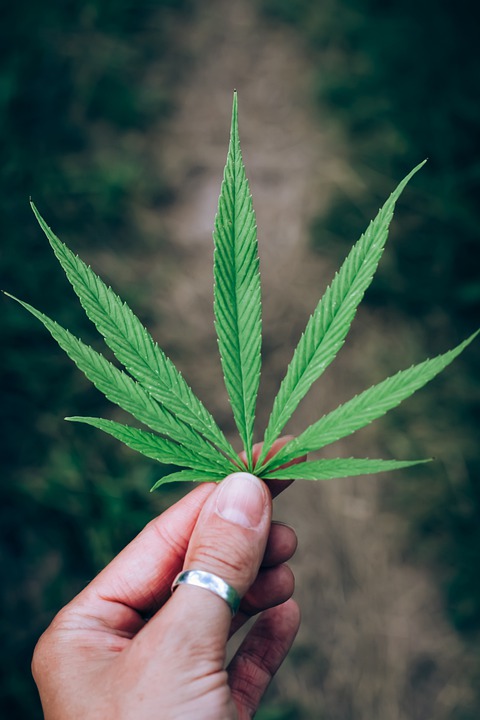Hemp has gained significant popularity in recent years due to its numerous health benefits and versatility. From CBD oils and tinctures to hemp-infused beauty products and edibles, consumers have a wide range of options when it comes to incorporating hemp into their daily routines. However, not all hemp products are created equal, and the quality of the end product largely depends on the extraction process used to obtain the cannabinoid-rich oils from the hemp plant.
Extraction is a crucial step in the production of high-quality hemp products, as it determines the purity and potency of the final product. There are several different methods of extraction, each with its own set of advantages and disadvantages. In this article, we will explore the art of extraction and how it plays a key role in crafting high-quality hemp products for consumers.
The Importance of Extraction in Hemp Production
Hemp plants are rich in cannabinoids, terpenes, and other beneficial compounds that have a wide range of health benefits. However, in order to unlock the full potential of these compounds, they must be extracted from the plant material in a way that preserves their integrity and potency.
The extraction process involves separating the cannabinoids and other compounds from the plant material using a solvent or mechanical method. The goal is to obtain a concentrated oil that is high in cannabinoids and free of impurities such as pesticides, heavy metals, and other contaminants. The quality of the extraction process has a direct impact on the quality of the final product, so it is important to choose a method that is effective, efficient, and safe.
Methods of Extraction
There are several different methods of extracting cannabinoids from hemp plants, each with its own set of pros and cons. Some of the most common extraction methods include:
– Solvent extraction: This method involves using a solvent such as ethanol or CO2 to dissolve the cannabinoids and other compounds in the plant material. The solvent is then evaporated, leaving behind a concentrated oil that can be used to make a variety of hemp products. Solvent extraction is efficient and cost-effective, but it can also leave behind traces of the solvent in the final product if not done properly.
– CO2 extraction: This method uses carbon dioxide under high pressure and low temperatures to extract cannabinoids from the plant material. CO2 extraction is considered one of the safest and most effective methods of extraction, as it does not leave behind any residues or contaminants. However, it is also one of the most expensive methods of extraction, as it requires specialized equipment and technical expertise.
– Hydrocarbon extraction: This method involves using hydrocarbons such as butane or propane to extract cannabinoids from the plant material. Hydrocarbon extraction is efficient and cost-effective, but it carries a higher risk of leaving behind contaminants in the final product if not done properly. It is important to use high-quality, food-grade hydrocarbons when using this method of extraction.
– Pressurized liquid extraction: This method involves using a liquid solvent under high pressure to extract cannabinoids from the plant material. Pressurized liquid extraction is a relatively new method of extraction that is gaining popularity due to its efficiency and ability to produce high-quality, potent oils. However, it also requires specialized equipment and technical expertise to ensure that the extraction process is done safely and effectively.
Quality Control in Extraction
Regardless of the extraction method used, quality control is essential to ensuring that the final product is safe, potent, and free of contaminants. This involves testing the extracted oil for potency, purity, and safety before it is used to make hemp products. Some of the key quality control measures that should be taken during the extraction process include:
– Testing the raw plant material for pesticides, heavy metals, and other contaminants before extraction begins.
– Regularly testing the extracted oil for potency to ensure that it contains the desired levels of cannabinoids.
– Using high-quality solvents and equipment to minimize the risk of contamination.
– Following strict hygiene and safety protocols to prevent cross-contamination and ensure the safety of workers.
Frequently Asked Questions
Q: Are all extraction methods equally effective in producing high-quality hemp products?
A: No, not all extraction methods are created equal. Some methods, such as CO2 extraction, are considered to be more effective and safe than others, such as hydrocarbon extraction. It is important to choose a method of extraction that is safe, efficient, and effective in producing high-quality hemp products.
Q: Is it safe to consume hemp products that have been extracted using solvents?
A: When done properly, solvent extraction is safe and effective in producing high-quality hemp products. However, it is important to choose products that have been tested for residual solvents and other contaminants before consuming them.
Q: How can consumers ensure that they are purchasing high-quality hemp products?
A: Consumers should look for products that have been extracted using a safe and effective method, such as CO2 extraction. They should also look for products that have been tested for potency, purity, and safety by a third-party lab. Additionally, consumers should purchase products from reputable companies that are transparent about their extraction methods and testing procedures.
In conclusion, the art of extraction plays a crucial role in crafting high-quality hemp products for consumers. By choosing a safe and effective method of extraction and following strict quality control measures, companies can ensure that their products are potent, pure, and free of contaminants. Consumers can also do their part by purchasing products from reputable companies that are transparent about their extraction methods and testing procedures. With the right extraction methods and quality control measures in place, consumers can enjoy the full benefits of hemp products with confidence.

